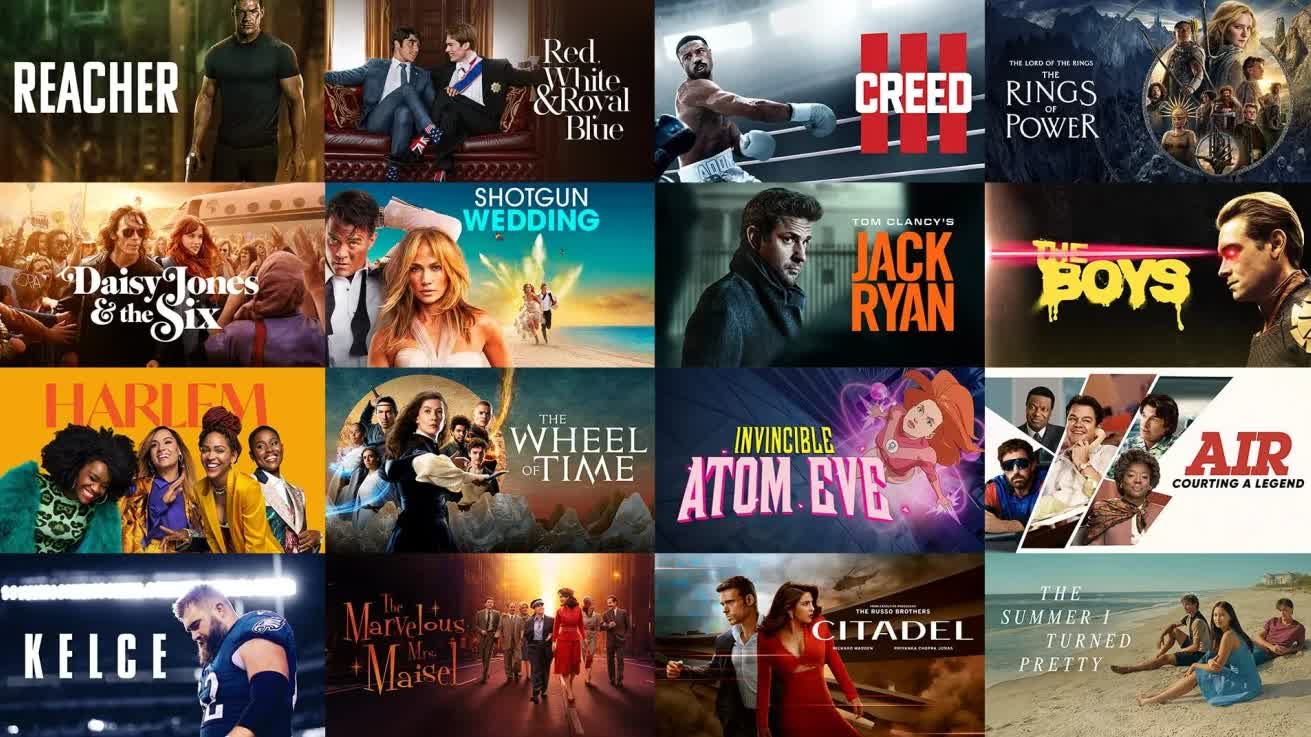A hot potato: Netflix has taken a jab at Amazon over its rival “forcing” ads onto customers unless they pay more for their Prime Video subscription. But the world’s biggest streamer did admit that it had considered making its own ad tier the default option before deciding against the move.
During the company’s fourth-quarter earnings call, Netflix co-CEO Greg Peters was asked how the streamer would take on Prime Video and if it had considered copying Amazon by making ads the default option, which will begin on January 29.
“We did consider making it the default option, but given our long history of not having ads, we thought it was better for our members – rather than force them into a change and give them ads – better to attract them to the ads plan for the ones that wanted it, with the benefits,” Peters said.
Back in September, Amazon announced that ads would be coming to the video streaming element of its $14.99 per month/$139 per year Prime service. The ads will also be part of the $9 per month standalone Prime Video membership plan.
Amazon will allow customers to go ad-free if they increase their subscription payment by an additional $2.99 per month. Netflix’s ad-supported tier, for comparison, costs $6.99, though some of its library is not available.
Netflix’s ad-free Standard plan is $15.49 per month. The Premium tier, which comes with 4K support, a full library, the option to add two extra members, and the ability to watch on four devices at a time, is $22.99.

Netflix introduced its ad-supported tier on November 3, 2022. Peters said that the service’s current tier offerings seem to be “generally” working for subscribers and that there hasn’t been any “big backlash.”
Netflix’s ad-supported tier is certainly proving successful. The company said in its earnings report that 40% of new signups opt for this plan in markets where it’s available. It attracted 15 million subs globally in just a year after launch and now boasts over 23 million subscribers.
Peters appeared to take another subtle swipe at Amazon Prime Video by comparing its audience and content to Netflix’s. “We know ad dollars follow engagement,” Peters said. “I really think we need to play to our strengths. We’ve got an incredibly engaged audience – the most engaged audience – who is watching the most culturally defining films, series and live events. That is an important place for brands to be, and it’s something that differentiates us from our competitors.”
It’s going to be interesting to see what happens when Amazon introduces ads to all Prime Video subscribers who don’t pay extra next week. Despite offering other benefits such as faster shipping times for many Amazon-bought items, many people are already promising to cancel their Prime subscriptions in protest.

